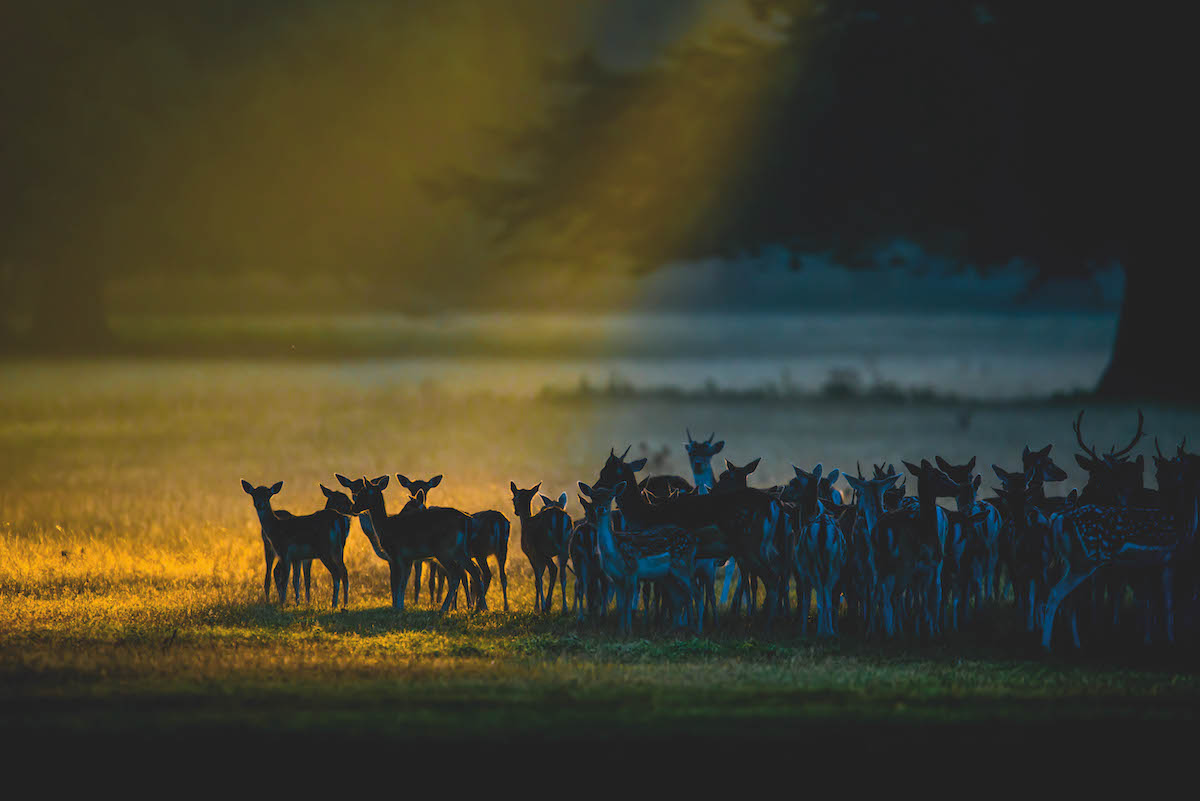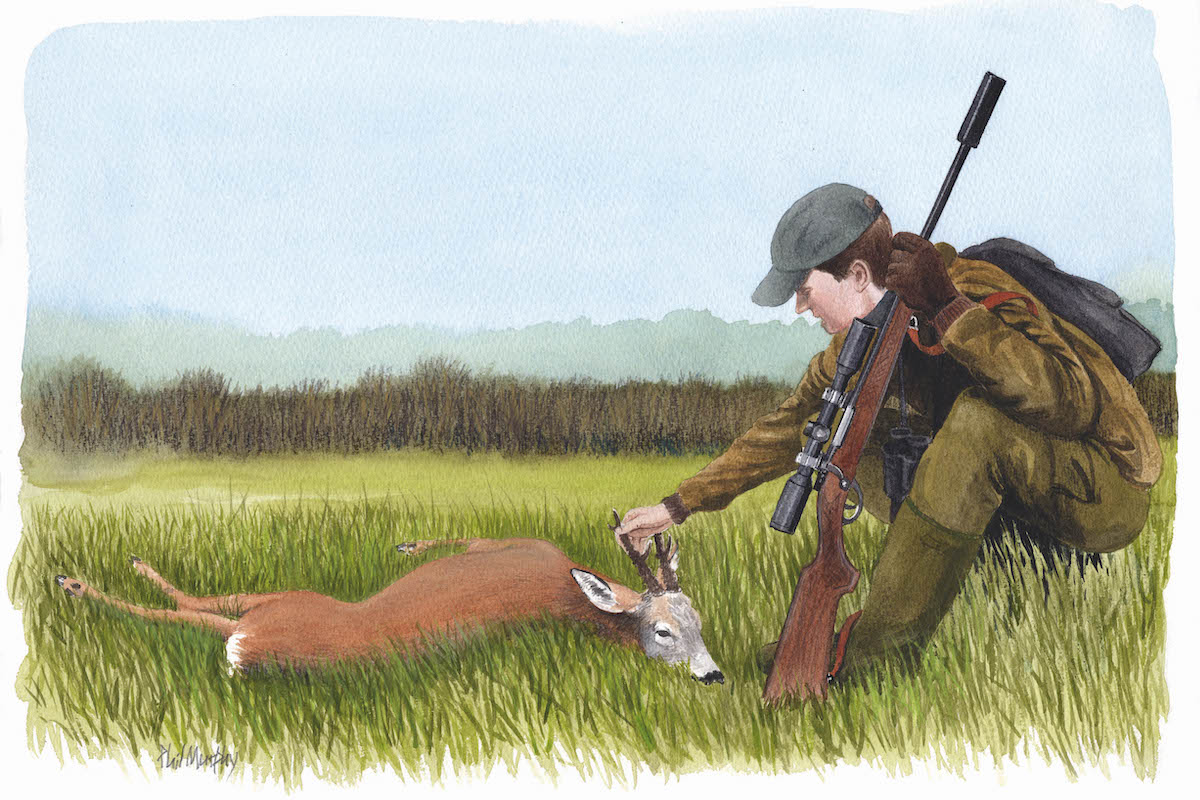Curbing deer numbers – a lot needs to be done
Deer numbers have become a significant problem and much needs to be done to curb them, says Ed Cook

Fallow live in herds, meaning there are many pairs of eyes watching for danger
Each year, my business gets more and more deer work enquiries for curbing deer numbers. With a booming population here in the south of England it’s hardly surprising. You don’t need to go far to see a herd of fallow or roe, and in abundance. And if you root around some vegetation I suspect a ‘munty’ will pop out sooner or later.
Curbing deer numbers
Without doubt, this country’s deer population is rapidly increasing, and for a variety of reasons. There is a school of thought that says low venison prices mean fewer stalkers are pursuing deer. Another view is that some people take the rights of thousands of acres of deerstalking, yet do little shooting and only want a small number of bucks as trophies.
Then there are those who like to see deer in abundance and are wilfully oblivious to the environmental damage they cause to habitats, especially trees, which negatively impacts on the Government’s aim to achieve net zero. There are also those who say a pack of reintroduced lynx will magic away the deer problem – yes, along with farmers’ livestock.
Species
There are only two species of deer native to the UK – red and roe, though fallow have been around a long time and were thought to have been introduced by the Normans. Sika, muntjac and Chinese water deer were introduced in the late 19th and early 20th century, many being escapees.
Lots of people put deer on a pedestal. They are beautiful creatures, but like any ill-managed species they either become a pest or extinct. Deer in many parts of the UK have become a pest. They are responsible for damage to crops and woodland, as well as all sorts of environmental issues in the form of habitat loss through overgrazing, and they cause a number of road accidents.
When my father was a keeper, deer were valued because they weren’t as abundant. Venison was worth more and more people wanted to shoot them; some even bothered to poach them. If you referred to a deer as a pest back then you would have received some funny looks, but not now.
I regularly encounter people who have hit deer in cars. Some deer need despatching while others have been killed on impact. I often wonder how many die in pain having made their way from the collision. Such incidents are a result of declining habitats, more traffic and an overpopulation of deer. What is to be done?
Night-time
We have several night licences granted by Natural England, which permit us to shoot deer at night. This is carried out on a variety of sites, including for crop protection, and under strict health and safety rules.
As it happens, deer are a lot easier to shoot at night. While people may frown upon it, it is very necessary because of the way things are. It isn’t stalking, it’s not deer management, it’s pest control. We are there to get results quickly and humanely. We do our work at night either because daytime shooting isn’t working or it’s not possible in the areas where we have been tasked to reduce the population.
Fallow travel mainly at night, which means that shooting after dusk is a much better way to control numbers. A mixed approach to culling is good practice, whether that entails using high seats, shooting off a truck or from foot. It really depends on what works and what is safe. Roe are a lot easier to shoot mainly because they are normally in smaller groups, meaning there aren’t 50 pairs of eyes looking out for you. The same goes for muntjac. That said, there isn’t a magic cure and, like rabbits and foxes, the deer become lamp and infrared-shy.
I can’t help but wonder when I see herds of up to 200 fallow, groups of half a dozen roe in each field or a dozen muntjac coming out of a wood whether shooting alone can solve the problem. One thing I know for sure is that if I relied on just one method of control to resolve rabbits it wouldn’t work, so perhaps it’s time to look at a variety of methods for curbing deer numbers too.








